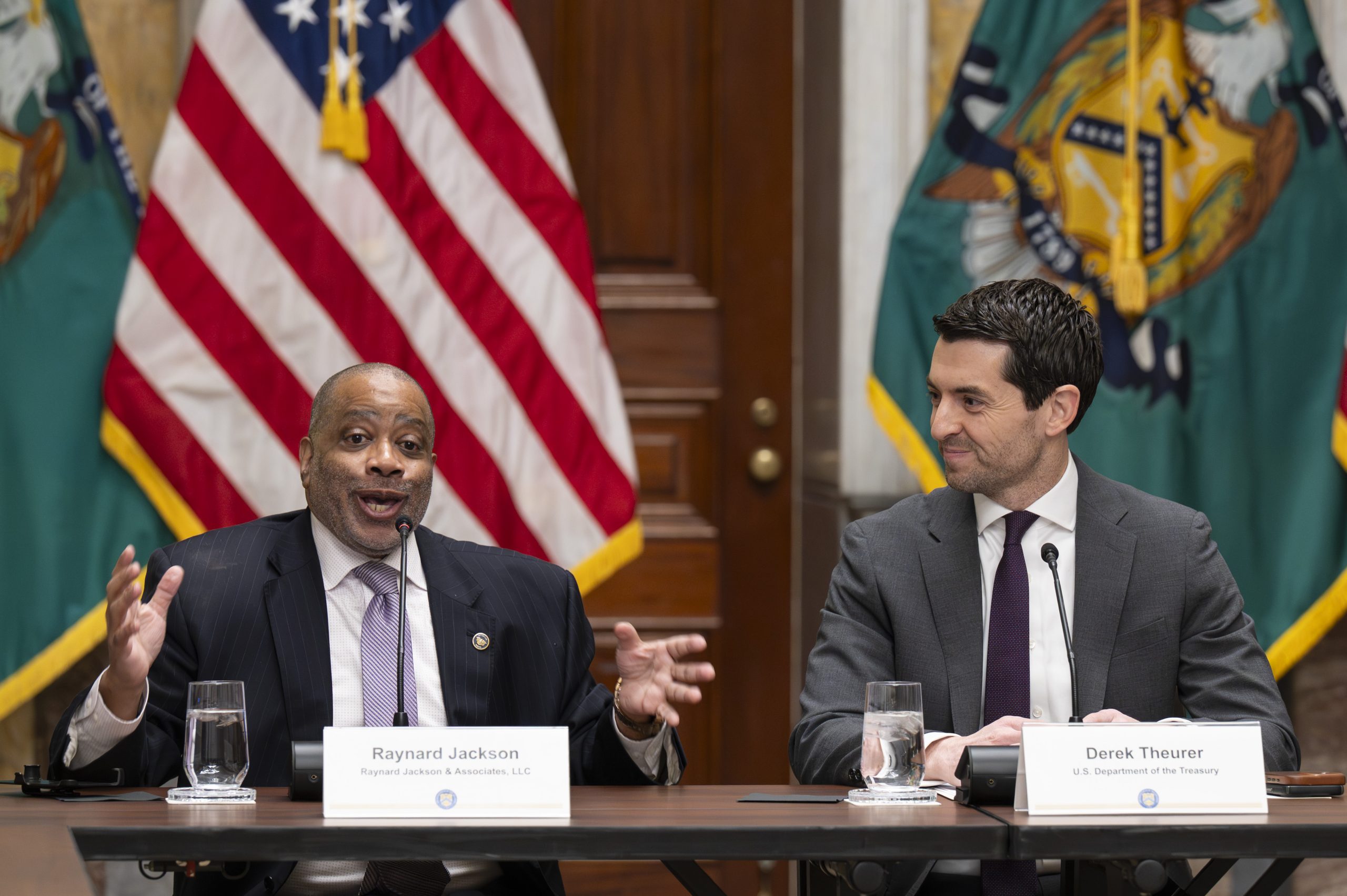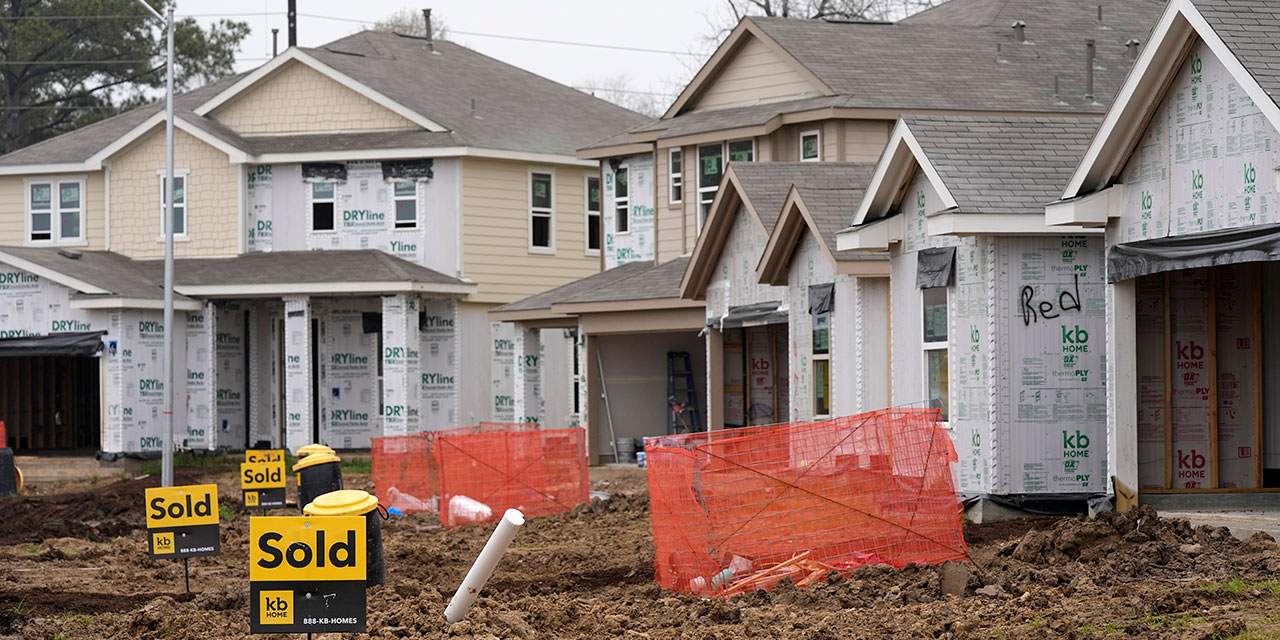(ThyBlackMan.com) When Terence Crutcher, a father of four who sang in his church choir, was shot and killed by the police in 2016 in Tulsa, Oklahoma, his twin sister Dr. Tiffany Crutcher saw history repeating itself.

Terence, who had his hands up, needed help but instead received a bullet. It was fired by the same police department that 95 years earlier had deputized members of the lynch mob that started the 1921 Tulsa Race Massacre. It reminded Dr. Crutcher of perhaps the most prominent victim of that Massacre, the renowned surgeon Dr. A.C. Jackson. Dr. Jackson was shot leaving his house, also with his hands in the air.
The Crutchers are direct descendants of a survivor of the 1921 Massacre, which destroyed Tulsa’s historic Greenwood District. Dr. Crutcher is also a leader of the movement to get official recognition of and restitution for that destruction. I was honored to stand with members of that movement in Tulsa this past week to commemorate the Juneteenth holiday.
The Tulsa Race Massacre was probably the single worst incident of racial violence in American history post-slavery. Over an 18-hour period, as many as 300 Black residents were murdered. More than 10,000 others were displaced as refugees in their own country. Over 1,250 Black homes and hundreds of Black businesses and gathering places were burned.
Last week, the Oklahoma Supreme Court dismissed a lawsuit seeking reparations for the last known living survivors of the Tulsa Massacre (ages 110 and 109). But another important fight continues. That is the fight to create a national monument where the Greenwood District once thrived. A bipartisan bill to do that has been introduced in Congress by Senators Cory Booker (D-N.J.) and James Lankford (R-Okla.). President Biden could also establish the monument with executive authority under the 1906 Antiquities Act.
A similar movement is underway to establish a national monument to the 1908 race riot in Springfield, Illinois. That riot, in the hometown of Abraham Lincoln, shocked the nation and was a major catalyst for the creation of the NAACP six months later.
Just one generation removed from slavery, Tulsa’s Greenwood District was a 35-square-block bastion of Black prosperity. It was nicknamed “Negro Wall Street” by Booker T. Washington. An especially prosperous section of a thriving boomtown, it was seen as a Promise Land for the Black people who flocked there. In the age of lynchings and race riots, it seemed like an exception to the rule. During Red Summer in 1919, when at least 26 cities across the country experienced intense racial violence, Tulsa remained peaceful.
But the peace did not last. Resentment of the famed “Black Wall Street” and its residents’ success simmered among white Tulsans. As Dr. Crutcher notes, “in an era when white supremacy ran rampant, Black people were not supposed to thrive … if you tried to live free, tried to vote, or even looked at someone the wrong way, it was an excuse to destroy and lynch Black people.”
The spark that lit the powder keg in Tulsa was the same that ignited so many other examples of racial violence in America. A Black boy was accused of assaulting a white girl. A lynch mob formed. And when the mob was rebuffed, all hell broke loose.
This month, as we celebrate Juneteenth, which marks the end of chattel slavery in the U.S., Dr. Crutcher reminds us that “we celebrate an idea that has yet to become a reality.”
That is because when it comes to reckoning with and healing the wounds of our nation’s history with race, we still have a long way to go.
For many decades following the Massacre, the history of that terrible event was buried in what Dr. Crutcher calls a “conspiracy of silence.”
Dr. Crutcher grew up in Tulsa just a few blocks from historic Greenwood and even attended school in Greenwood. Yet she was never taught this history that so impacted her community – and her own family. She first heard mention of the Massacre and Black Wall Street when she went away to college and would tell people she was from Tulsa.
Home from college one weekend, she asked her dad about it. Dr. Crutcher learned not only about the Massacre but that her great-grandmother, Rebecca Brown Crutcher, had barely escaped it. She found out her father had only learned about it himself when, amidst the assassination of Dr. King and the riots that followed in the late 1960s, “Mama Brown,” as the family called her, whispered to him, “Something like that happened here.”
She whispered because all those years later she was still afraid. Survivors were told if they talked about the events, they would be lynched or bring on another massacre. So for decades, the history was not only scrubbed from textbooks and schools, but even from families’ oral traditions.
One reason a national monument is so important is the need to protect and learn from our history. As we commemorate Juneteenth, we must not just remember the history and end of slavery. We must remember the long shadow cast by the dehumanization of Black people in this country. And we must recognize that we still have not fully stepped out of that shadow and into the light.
Written by Ben Jealous
Official website; https://twitter.com/BenJealous

















Leave a Reply